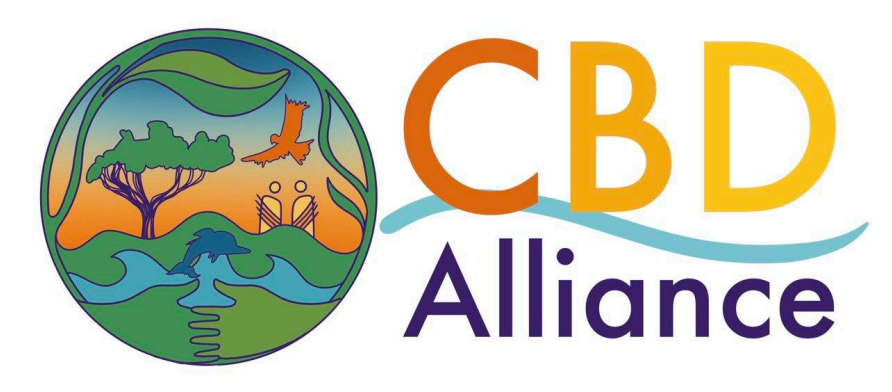Synthetic biology, drawing on engineering metaphors, has built a vision of “biology by design.” Some practitioners warn that it is often framed as offering “easy solutions to difficult problems” or even as “the one technical solution to many grave world problems.” Engineered gene drives (EGD) for example have attracted considerable attention and funding by promising such simple solutions. The question is whether the science supports these claims.
The ambition: altering nature’s inheritance. Gene drives are designed to bias inheritance so that a chosen genetic trait spreads rapidly through a population — even if it harms the organism. The ambition is to use this mechanism to suppress or eliminate wild species seen as problematic, such as disease-carrying mosquitoes or invasive rodents. But if released, these systems could persist and spread uncontrollably, posing serious ecological risks. Before debating governance, it is worth asking: can they deliver on their promises?
Hype: suggesting readiness that does not exist. One high-profile proposal is to use a “tCRISPR” gene drive to eradicate invasive mice by spreading female infertility. The abstract of the study implies this goal is achievable, but the gene-drive mice used for modeling differ from those actually used in experiments,. It only works in laboratory mice already engineered to express Cas9, meaning it would not function in wild populations. A proof of principle is lacking. Even if such proof were reached, its behavior in nature would remain uncertain due to issues such as drive resistance and mating patterns.
Hype: promising control without proof. Concerns about gene drives spreading uncontrollably are often met with assurances that they can be “localized” or “confined.” “Daisy drives” have been widely cited as the solution, supposedly allowing local control. Yet despite major investment, there is no evidence that a functional daisy drive exists beyond computer models. These assurances rest on hypothetical mechanisms rather than demonstrated technologies.
Hype: overstating novelty by dismissing existing tools. There is a tendency to portray existing control measures as ineffective. A recent gene-drive announcement claimed malaria control had “stalled,” whereas the World Health Organization highlights continuing progress and points to social and funding challenges. This selective framing risks undermining established, proven methods.
Beyond the hype. Promotional terms such as innovative, powerful, and scalable are common in synthetic biology, but assessing real potential requires separating speculation from evidence. As Caulfield notes, the competitive nature of research encourages exaggeration and premature optimism. For gene drives, this means recognizing that what is promised is still far from proven. Whether or not gene drives eventually work, decision-making must be guided by evidence, not hype.
Read the full report Will genedrives work? Cutting through the hype in synthetic biology on genedrivemonitor.org
